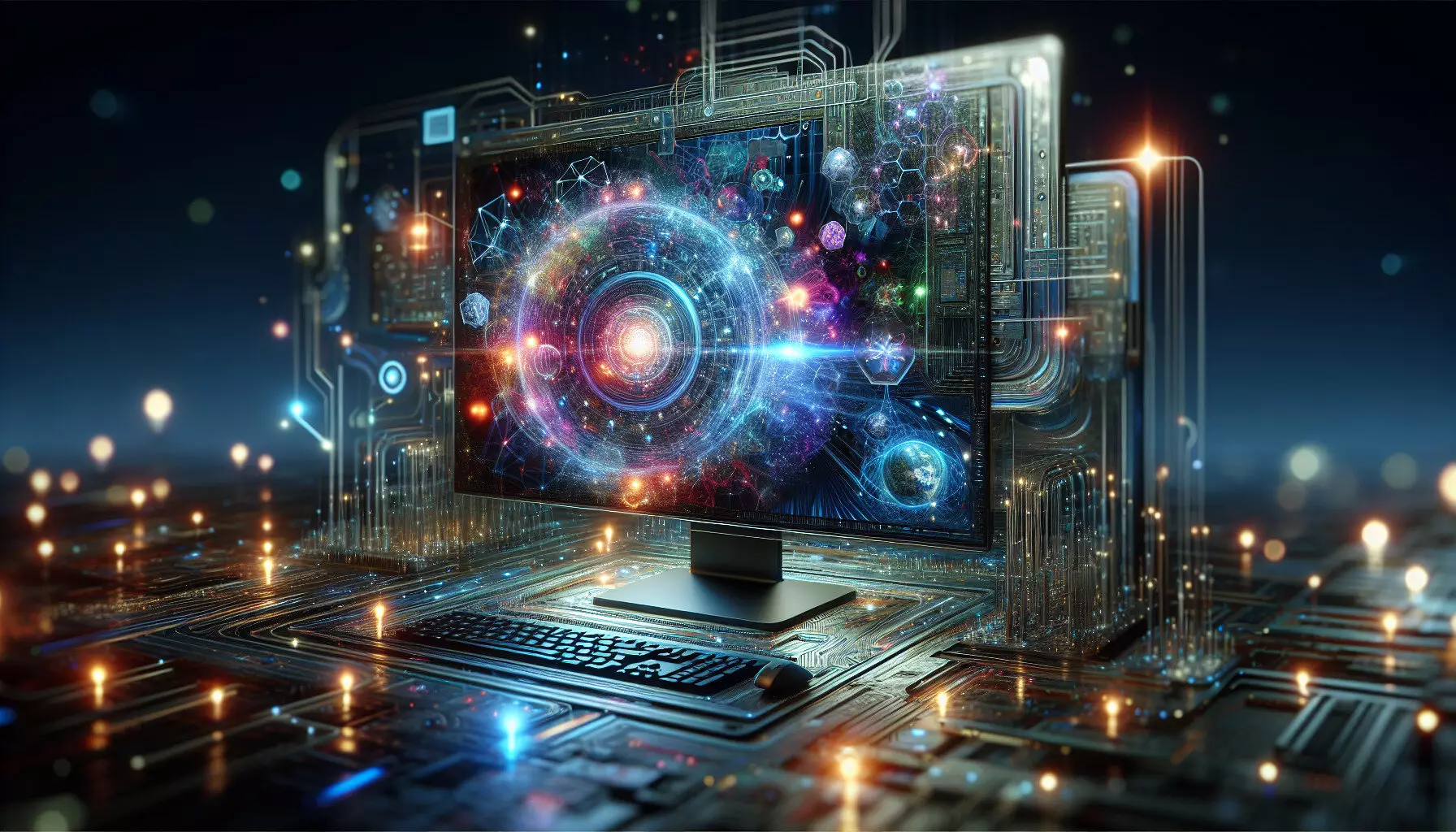In the age of rapid technological advancement, Artificial Intelligence (AI) has heralded a new era of possibilities, yet this progress comes at a cost. As AI applications like large language models (LLMs) have integrated into everyday life, their energy consumption has surged dramatically, raising concerns over sustainability and operational costs. A significant report released by BitEnergy AI brings a potential solution to this energy crisis, boasting a staggering 95% reduction in energy use for AI applications, a development that could transform the landscape of energy requirements in this field.
The transition of AI from experimental tools to mainstream applications has resulted in mounting energy demands that are becoming increasingly difficult to ignore. Take for instance models like ChatGPT, which reportedly consumes approximately 564 megawatt-hours (MWh) of electricity each day—an amount sufficient to supply power to 18,000 American homes. As the proliferation of AI continues, estimates suggest that the cumulative energy consumption could escalate to around 100 terawatt-hours (TWh) annually, matching the energy consumption levels of notorious bitcoin mining operations. This scenario necessitates immediate action to optimize power usage in AI technology.
To tackle this pressing issue, BitEnergy AI has released a groundbreaking paper through the arXiv preprint server detailing their innovative approach. They propose a novel method called Linear-Complexity Multiplication that substitutes the conventional, energy-intensive process of floating-point multiplication (FPM) with a more efficient strategy utilizing integer addition. This shift in methodology not only maintains performance levels but also significantly augments energy efficiency. By circumventing the computational burdens linked to FPM, which is inherently costly in terms of power, the researchers argue that their results pave the way for a future where AI applications can thrive sustainably.
Initial tests suggest that the new technique could lead to a dramatic decrease in electricity requirements for running AI algorithms, setting a precedent for further explorations in energy-efficient AI methodologies. However, the implementation of this method is not without challenges. The need for specialized hardware is a critical consideration; while BitEnergy AI asserts that this technology is already developed and tested, questions loom over its compatibility with existing infrastructures predominantly designed by industry giants like Nvidia. The response from Nvidia and other major players will inevitably influence the uptake and scalability of this innovative approach.
As we move forward into the AI-driven future, the findings from BitEnergy AI stand as a potential turning point in the ongoing energy consumption debate. For policymakers, engineers, and businesses, the implications are profound—not only does this method promise to minimize energy expenses, but it also aligns with broader environmental goals. While the transition to adopting new hardware remains a hurdle, the benefits of integrating such a significant energy-saving approach could very well define the future trajectory of AI technology, ushering in an era characterized by sustainable innovation and responsible energy use.


Leave a Reply